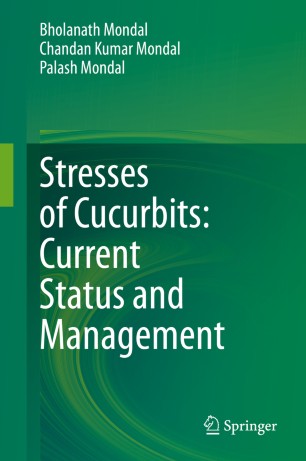

Most ebook files are in PDF format, so you can easily read them using various software such as Foxit Reader or directly on the Google Chrome browser.
Some ebook files are released by publishers in other formats such as .awz, .mobi, .epub, .fb2, etc. You may need to install specific software to read these formats on mobile/PC, such as Calibre.
Please read the tutorial at this link: https://ebookbell.com/faq
We offer FREE conversion to the popular formats you request; however, this may take some time. Therefore, right after payment, please email us, and we will try to provide the service as quickly as possible.
For some exceptional file formats or broken links (if any), please refrain from opening any disputes. Instead, email us first, and we will try to assist within a maximum of 6 hours.
EbookBell Team

4.3
88 reviewsWith advances in agro-technology, cucurbits are now being grown throughout the year. However, they are prone to biotic and abiotic stresses resulting in significant yield loss. Sustainable management of such stresses is a complex issue in the intensive cultivation of cucurbits involving high levels of fertilization and irrigation. Further, under the changing climatic conditions, pest scenarios vary constantly, with invasive alien species of pests becoming more common as a result of free trade and frequent international travel. As such, agrochemicals are being used as powerful weapons to combat the increasing number of pests and diseases. Lack of proper crop management technologies, inaccurate diagnosis, and indiscriminate and excessive use of pesticides are major causes of pesticide resistance and resurgence, environmental pollution, and hazards to the non-target biota. This comprehensive book provides essential insights into the management of biotic and abiotic stresses in cucurbit cultivation and re-evaluating the role of agrochemicals, and gathers information on insect pests, mites, nematodes, diseases and weeds, as well as on their sustainable management from scattered sources. Written in language that is easy to understand and including high-quality photographs, it is a valuable resource for students, researchers, plant protection specialists, extension workers, and growers.